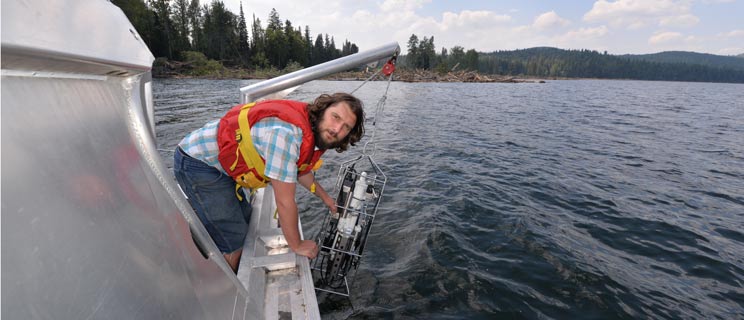A team of UNBC researchers have presented its findings on the Mount Polley tailings pond breach and the impact of the disaster on Quesnel Lake.
They found that immediately following the breach, Quesnel Lake rose 7.7 centimetres and increased up to 2.5 degrees in temperature.
“The water level oscillated over 20 centimetres over 12 hours as the water rocked in response to this big deposit of material, this 25 million cubic metres of water.” UNBC scientist Ellen Petticrew said at a conference in Montreal
This rocking of the water redirected the debris plume towards the North and East arms of the lake as well as towards the Quesnel River.
Researchers also said copper concentrations in sediment samples collected in the lake and river are above guidelines for freshwater ecosystems.
But Petticrew says the long term impacts of the disaster are still unclear
“Our question really is; how resilient is Quesnel Lake? Is the lake big enough to handle this amount of material, what parts of the food web does this material get into and is it bio magnified or bio-accumulating?”
She says salmon spawning at the time of the breach were mostly unaffected, but juvenile fish were observed swimming through the debris plume and the impact of high levels of copper and other metals on those fish is still a mystery.
UNBC was one of the first research teams on site after the disaster thanks to their Quesnel River Research Centre.
The researchers say they will continue to study the impact of the tailings pond breach for several years.
Something going on in the Prince George area you think people should know about?
Send us a news tip by emailing [email protected].







